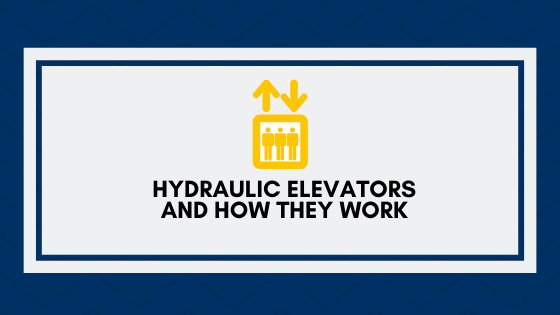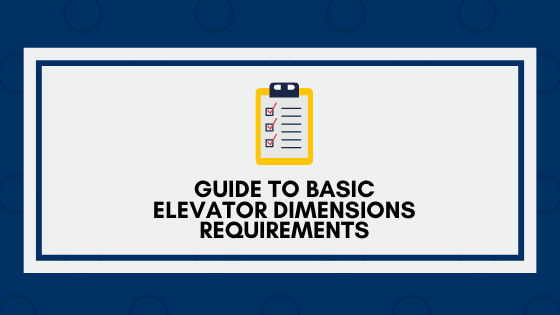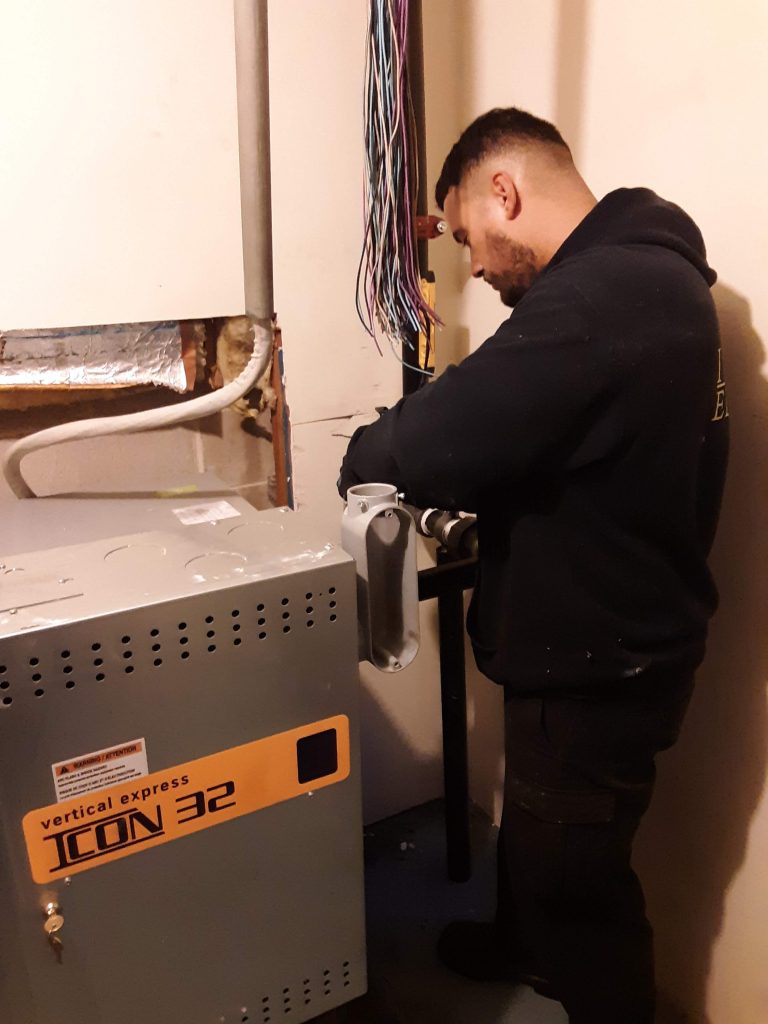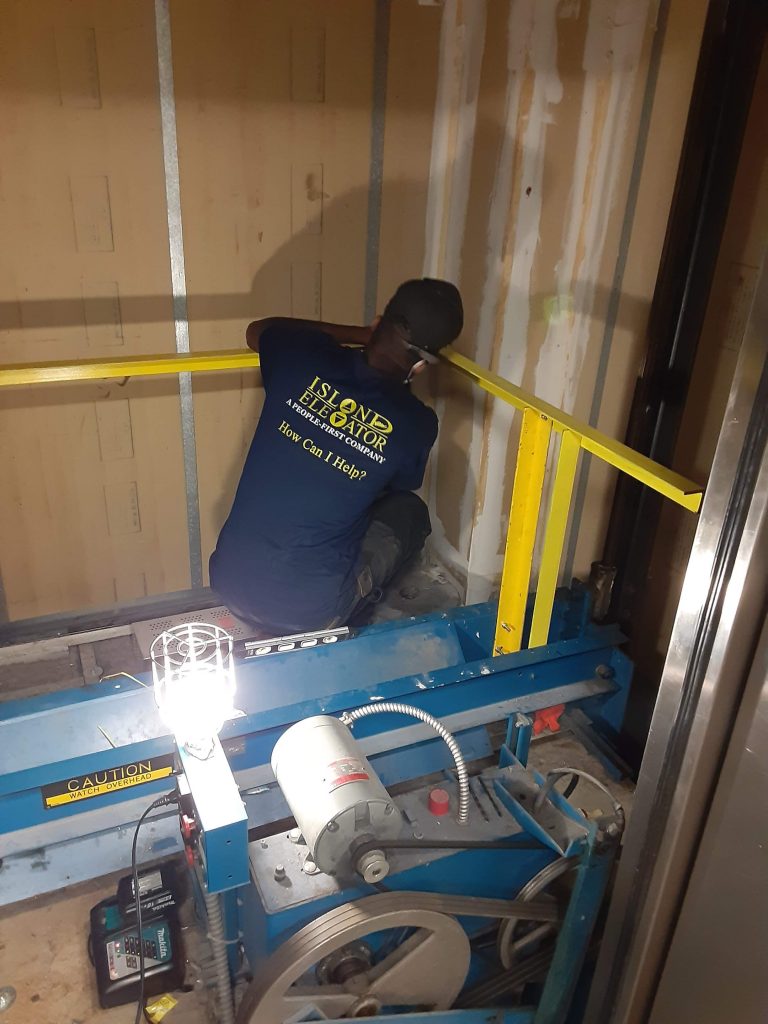Hydraulic elevators are a staple of today’s commercial buildings and structures.
On average, the buildings are typically up to six stories high. They do not require significant overhead hoisting mechanisms in comparison to traction elevator systems.

Basic Hydraulic Elevator Features
- Capacity: Up to 5,000 lbs
- Travel Height: Up to 80 ft
- Speed: 150 ft/min
- Drive: Direct-Acting / 1:2 Roped
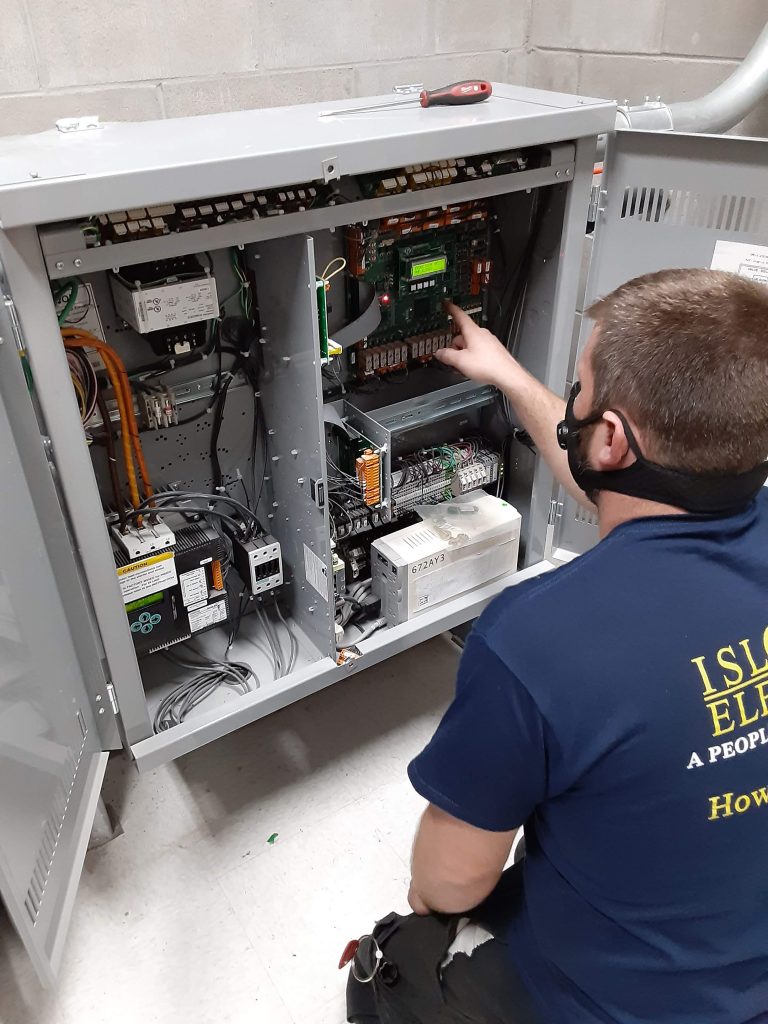
Hydraulic Elevator Benefits
Engineered for low to mid-rise commercial buildings
- Allows for front, rear, and side openings
- Flexibility in design to accommodate the application
- Jackhole not required with holeless drive
- Eco-friendly with use of biodegradable hydraulic oil
- Custom elevator design and technical options can vary depending on budget
- Manufactured and installed per local industry code standards
- Regularly scheduled preventive maintenance helps to minimize downtime
- General use for passenger or freight loads to each level

In definition, hydraulic elevators are powered by a piston which travels within a cylinder. The motor is electric and pumps oil into the cylinder, which drives the piston up to each level. The piston drives/lifts the elevator cab smoothly. Electrical valves control the release of the oil allowing for a smooth descent.
Hydraulic elevators are very common in buildings that average up to five or six stories high, and in some rare cases up to eight stories. Hydraulic elevators are able to operate at speeds of up to 200 feet per minute and do not require significant overhead hoisting machinery such as geared and gearless traction systems.
Traditional hydraulic elevator designs utilize a single hydraulic jack located under the platform and installed in the ground. They are engineered as both low and high capacity elevators. The hydraulic elevator can accommodate front and rear opening configurations and have minimal pit and overhead requirements.
For heavy-duty lifting, the capacity of hydraulic elevators can be extended to over 80,000 lbs, based on engineered design and local codes

Holed Hydraulic Elevator
Holed hydraulic elevators are designed with the car mounted on a piston that travels inside a cylinder. The elevator cylinder extends into the ground to a depth equal to the height the hydraulic elevator will rise. Hydraulic fluid is pumped into the cylinder through a valve and this results in the car lifting to each structure floor. As the fluid returns to the reservoir the elevator car descends to the base of the structure. This type of system is referred to as “Inground Hydraulic” design.

Holeless Hydraulic Elevator
The homeless hydraulic elevator system uses direct acting pistons mounted inside the hoistway to lift and lower the elevator car. The amount of travel is determined by the depth of the pit and the overhead clearance requirements engineered.
Pros & Cons of Elevators with Hydraulic Lifts
When reviewing what type of lift method is needed the benefits and requirements should be taken into consideration. Different environments, usage levels, travel heights, and space available can determine the best fit for the project.
Pros:
The machine room is separate and contains all of the machinery needed to operate the elevator. No space is needed above the shaft to host the machinery equipment. (which traction systems use)
The elevator is supported by the floor/pit and should reduce the need for more reinforcement.
The heart pumping “dead drop” scenario is avoided, since there are no cables that can shear or break. If the hydraulic system breaks or leaks, then the elevator car will only drop at the speed of which the oil can leak from the system.
Hydraulic elevator lifts are often less expensive than traction lifts and may accommodate a smaller budget.
Cons:
The travel distance of a hydraulic system may not be suitable for buildings higher than six or eight floors. The system tends to be slower when compared to traction elevator systems. (up to 1m/s)
Required space for the oil pour and machine room may not be suitable for the building design. (especially if the floor space is a premium) The holed systems may require digging further down into the ground than is possible at the location.
Temperature can be a factor since the hydraulic system operates on oil and this can vary since oil gets thinner at higher temperatures.
Keeping the system maintained is vital, since oil can leak out of the system causing major problems with the elevator operation.

Island Elevator is Ready to Help!
Island Elevator is here to help you understand all facets of your Elevator Repair, Maintenance, & Modernization costs in the new year. Our team is here to help ensure your home and business vertical transportation equipment receive the regularly scheduled maintenance necessary to help you avoid a major catastrophe, reduce the possibility of a costly repair, and ensure the safety of your passengers, tenants, and family.

